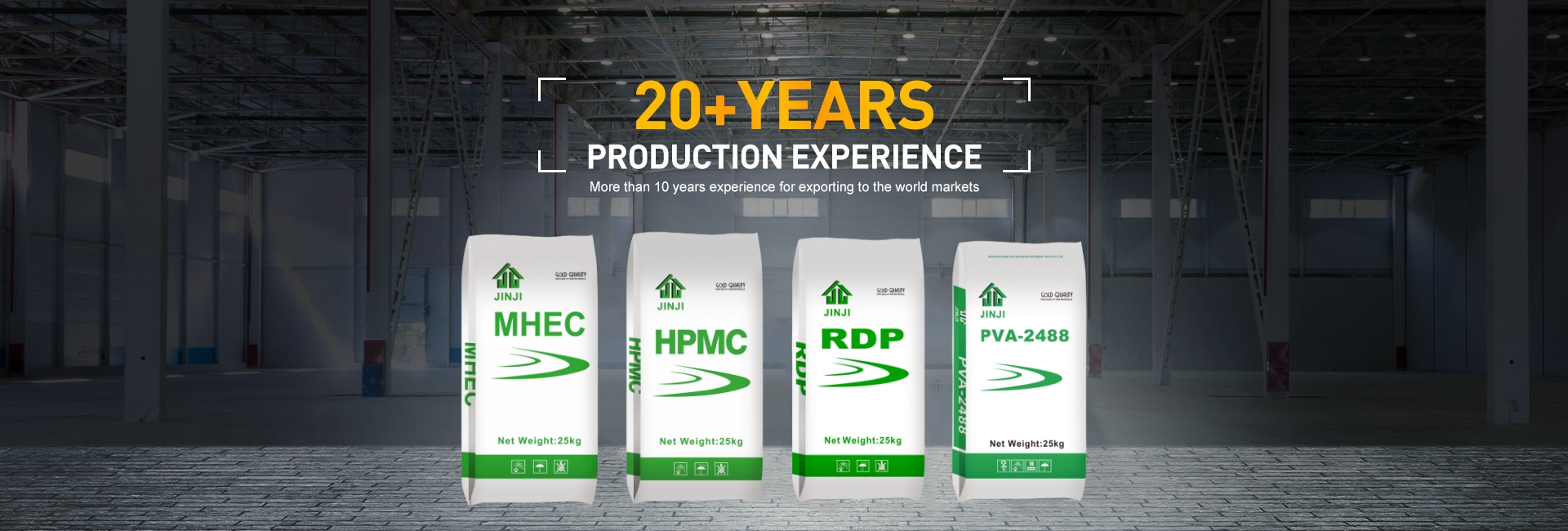Hydroxypropyl Methylcellulose (HPMC) has emerged as a vital component in the construction industry, owing to its diverse range of properties and functions. One significant aspect that influences the performance of HPMC in construction applications is the gel temperature.
In the context of construction, HPMC is employed for various purposes such as improving the workability of mortar, enhancing the adhesion of coatings, and controlling the water retention of concrete mixtures. The gel temperature of HPMC plays a crucial role in determining its effectiveness in these applications.
For instance, in a recent large-scale commercial building project, the improper selection of HPMC with an incompatible gel temperature led to significant challenges. The gel temperature was too low for the local climate conditions, resulting in excessive thickening of the mortar. This made the mixture extremely difficult to apply evenly, causing uneven surfaces and compromised adhesion.

Conversely, in another construction project where the gel temperature of the selected HPMC was precisely matched to the application requirements and environmental conditions, remarkable results were achieved. The mortar exhibited excellent workability, allowing for smooth and efficient application. The proper gel temperature also ensured optimal water retention, preventing premature drying and cracking, which contributed to the superior durability and strength of the structure.
When the gel temperature of HPMC is within a specific range, it can significantly enhance the plasticity and flowability of mortar. This allows for easier application and ensures better coverage on construction surfaces. At lower gel temperatures, HPMC can increase the water retention capacity of the mortar, preventing premature drying and cracking, which is essential for achieving superior bond strength and durability.

Excessively high gel temperatures might lead to reduced thickening ability, resulting in poor workability and decreased adhesion. On the other hand, very low gel temperatures could cause excessive thickening, making the mixture difficult to handle and apply uniformly.
The molecular structure and composition of HPMC also contribute to its response to gel temperature. The degree of substitution and the distribution of functional groups along the cellulose backbone affect the polymer's interaction with water and other components in the construction materials, thereby influencing the gelation process.

To optimize the performance of HPMC in construction, a precise understanding and control of the gel temperature are necessary. This requires careful selection of HPMC grades based on the specific requirements of the construction project and conducting thorough testing under controlled conditions.
In summary, the gel temperature of HPMC is a critical factor that significantly impacts its performance in construction. A comprehensive knowledge of this relationship enables construction professionals to make informed decisions and achieve high-quality and durable construction outcomes.

Post time: Aug-06-2024

